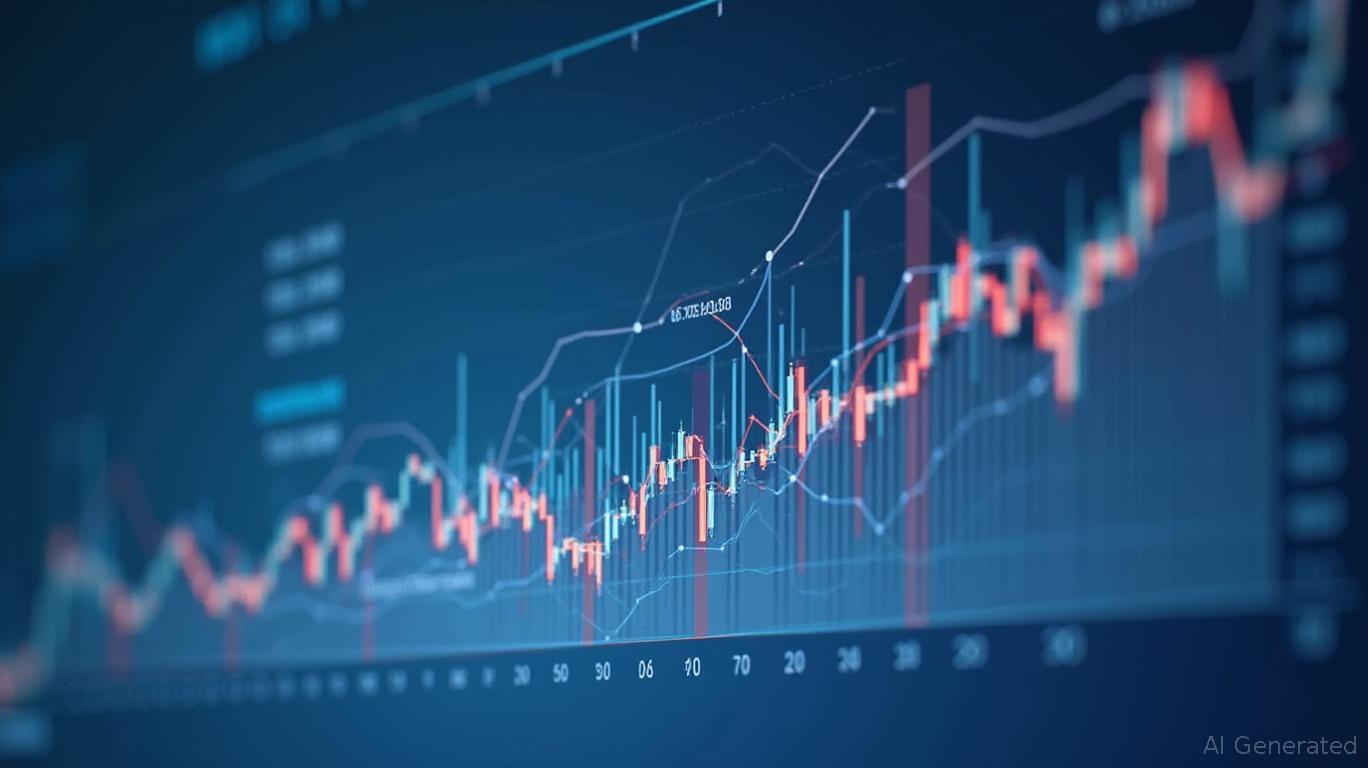Navigating the Crossroads of Dividend Strategy: BlackRock's BTX and the Case for Strategic Diversification
The BlackRock Technology and Private Equity Term Trust (NYSE: BTX) has long been a beacon for investors seeking steady income through its managed distribution model. However, recent shifts in its dividend policy and underlying performance metrics reveal a critical inflection point for long-term investors. While BTX has avoided outright dividend cuts, its reliance on return of capital to maintain distributions—coupled with a five-year average total return of -15.9%—poses significant questions about its sustainability and the broader implications for bond fund diversification.
The Delicate Dance of Return of Capital

BTX's managed distribution plan, designed to deliver a 12% annualized payout, has led to distributions exceeding the fund's income and capital gains in recent quarters. For instance, its May 2025 distribution of $0.08234 per share was 100% classified as return of capital, meaning investors received back a portion of their principal rather than earnings. This practice, while structurally designed to maintain liquidity, erodes the fund's NAV over time. As of April 2025, BTX's cumulative NAV-based distribution rate reached 15.09%, far outpacing its -17.8% total return for the year-to-date.
The math is stark: when a fund's distributions outstrip its performance, investors are effectively paying to stay invested. This dynamic creates a ticking clock for BTX, as its dissolution date in 2033 looms. By then, sustained return of capital could leave shareholders with a diminished NAV, even if distributions remain steady.
Strategic Implications: A Warning for Income Investors
The BTX case underscores a broader truth for dividend-focused investors: structure matters. Managed distribution plans, while attractive for steady payouts, can mask underlying portfolio weaknesses. BTX's focus on technology and private equity—sectors prone to volatility—has amplified this risk. A -15.9% five-year return suggests its asset allocation may struggle to keep pace with its payout demands, especially in a rising-rate environment.
For long-term investors, this raises critical questions:
- Can BTX sustain its 12% distribution rate if NAV continues to decline?
- What happens when the fund's assets are depleted by return of capital ahead of its 2033 dissolution?
The answers could redefine its viability as an income vehicle.
The Diversification Opportunity: Bond Funds as a Counterweight
Amid BTX's challenges, investors should pivot to bond fund diversification as a stabilizing force. High-quality bond funds, particularly those with floating-rate structures or investment-grade credit, offer two key advantages:
- Predictable Income Streams: Unlike equity-dependent trusts, bonds typically pay interest based on principal, reducing reliance on volatile asset valuations.
- Capital Preservation: In periods of market stress, bonds often act as ballast, mitigating the risk of NAV erosion seen in equity-heavy funds.
Consider the iShares iBoxx $ Investment Grade Corporate Bond ETF (LQD), which offers a 4.2% yield with a duration of 7.2 years—a prudent middle ground between risk and return. Alternatively, floating-rate ETFs like the SPDR Bloomberg 1-5 Year Treasury Float Rate ETF (FLRN) shield investors from interest rate fluctuations.
Immediate Action: Rebalance for Resilience
Investors holding BTX should treat its managed distributions as a signal to rebalance portfolios. Here's a strategic roadmap:
1. Cap BTX Exposure: Limit allocations to BTX to no more than 5-10% of a diversified income portfolio.
2. Allocate to Bond Funds: Shift 20-30% of equity income allocations to bond funds like LQD or FLRN to buffer against volatility.
3. Monitor NAV Dilution: Track BTX's NAV closely. If it falls below distribution levels, consider a full exit before 2033.
The writing is on the wall: BTX's reliance on return of capital and underwhelming performance make it a high-risk bet for income investors. The time to act is now—before the fund's structural constraints catch up to its promise.
Investors should consult tax and financial advisors before making portfolio shifts, as individual circumstances may vary.

Comments
No comments yet